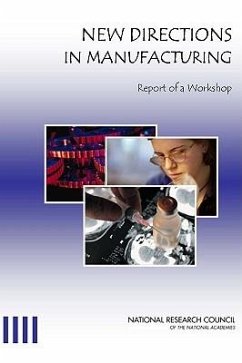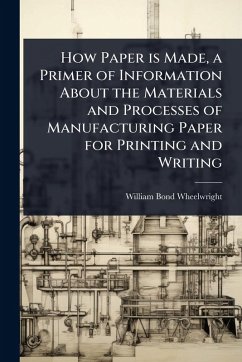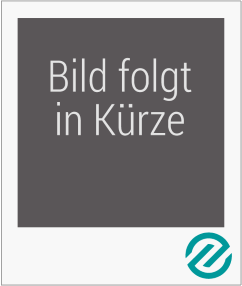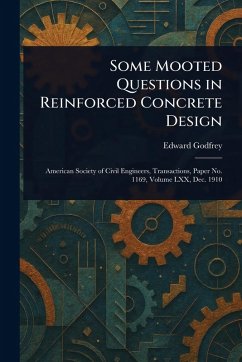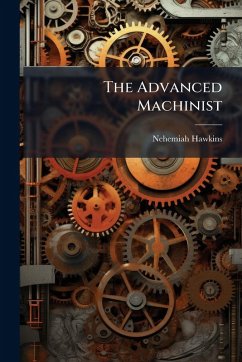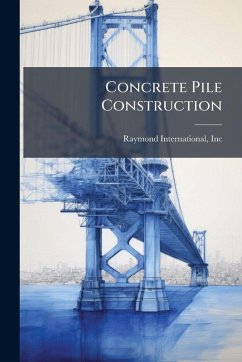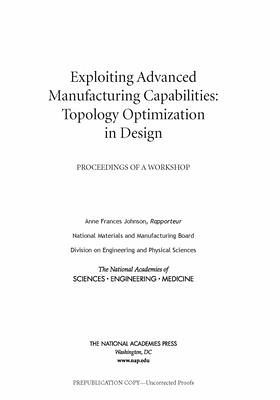
Exploiting Advanced Manufacturing Capabilities: Topology Optimization in Design
Proceedings of a Workshop
Mitwirkender: Johnson, Anne Frances
Versandkostenfrei!
Versandfertig in über 4 Wochen
42,99 €
inkl. MwSt.

PAYBACK Punkte
21 °P sammeln!
Topology optimization is a digital method for designing objects in order to achieve the best structural performance, sometimes in combination with other physical requirements. Topology optimization tools use mathematical algorithms, such as the finite element method and gradient computation, to generate designs based on desired characteristics and predetermined constraints. Initially a purely academic tool, topology optimization has advanced rapidly and is increasingly being applied to the design of a wide range of products and components, from furniture to spacecraft. To explore the potential...
Topology optimization is a digital method for designing objects in order to achieve the best structural performance, sometimes in combination with other physical requirements. Topology optimization tools use mathematical algorithms, such as the finite element method and gradient computation, to generate designs based on desired characteristics and predetermined constraints. Initially a purely academic tool, topology optimization has advanced rapidly and is increasingly being applied to the design of a wide range of products and components, from furniture to spacecraft. To explore the potential and challenges of topology optimization, the National Academies of Sciences, Engineering, and Medicine hosted a two-day workshop on November 19-20, 2019, Exploiting Advanced Manufacturing Capabilities: Topology Optimization in Design. The workshop was organized around three main topics: how topology optimization can incorporate manufacturability along with functional design; challenges and opportunities in combining multiple physical processes; and approaches and opportunities for design of soft and compliant structures and other emerging applications. Speakers identified the unique strengths of topology optimization and explored a wide range of techniques and strengths of topology optimization and explored a wide range of techniques and achievements in the field to date. This publication summarizes the presentations and discussion of the workshop.



